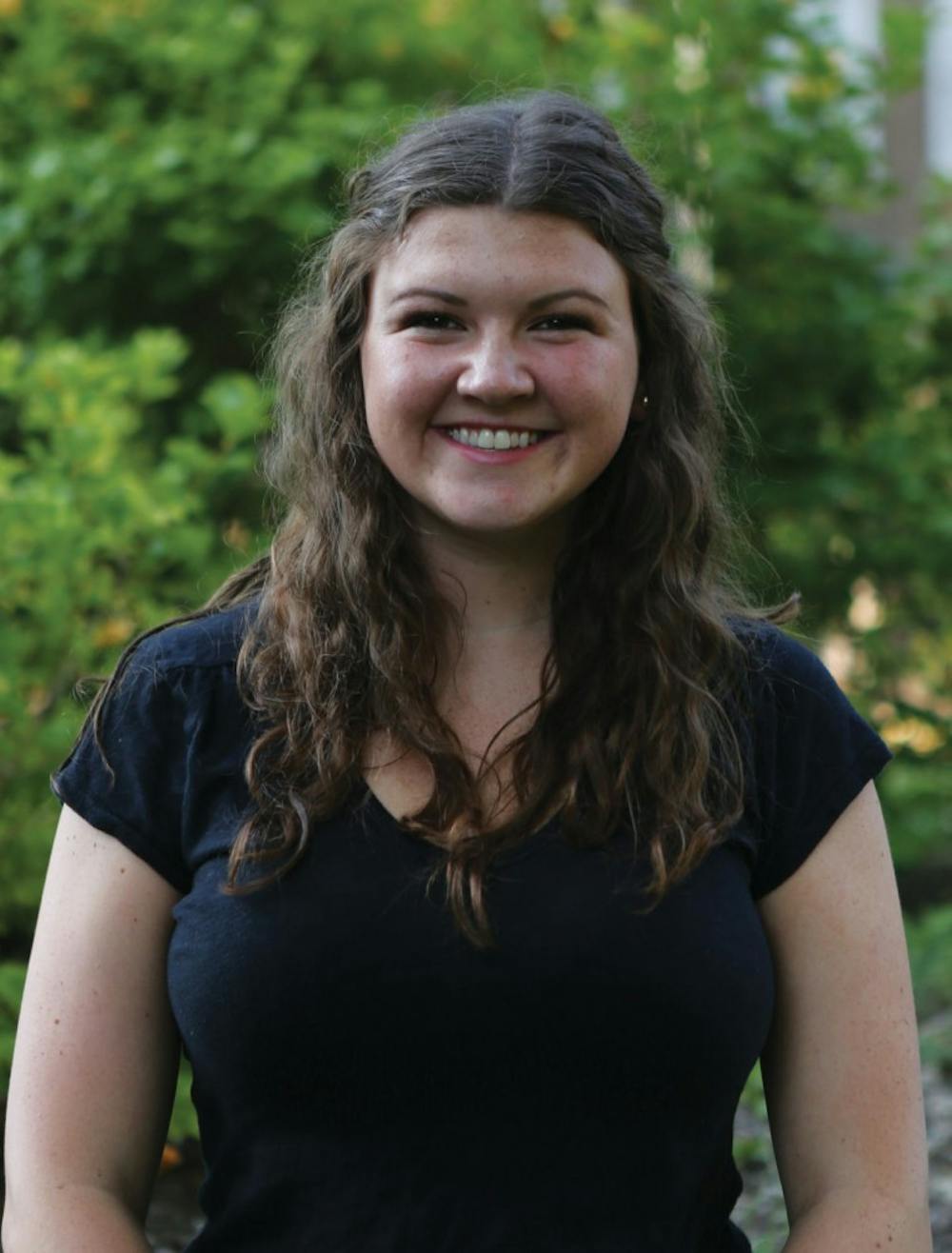Take Back the Night week and the Social Experiences and Safety Survey are worthwhile efforts to end sexual assault on campus and help survivors heal.
Take Back the Night, a week of events and activities to “support and empower survivors of rape, sexual assault, power-based personal violence, stalking and abuse,” according to its Facebook page, is happening at Ohio University next week.
A lot of people have heard about Take Back the Night’s march, but this year the week also is filled with a keynote address by an award-winning educator and activist, self-empowerment and defense training, a campus conversation, a name burning ceremony, self-care activities like zumba and crafting, and Counseling and Psychological Services workshops on health and wellness, PTSD, secondary trauma, and long-term self-care.
I applaud the Take Back the Night organizers for putting together such a large array of events specifically for survivors who need support to make their voices heard.
As the Take Back the Night Foundation’s tagline urges, “Shatter the Silence. Stop the Violence.”
Survivors are kept silent for many reasons, emotions and systemic problems that make it hard to speak up.
For one, only 32 percent of rapes are reported to police and only 2 percent of rapists ever see jail time, according to the Rape, Abuse & Incest National Network.
Sexual assault is severely under-reported because survivors don’t see results in the criminal justice system.
That is why efforts like Take Back the Night are so important. They provide alternative outlets for survivors to heal and make their stories heard.
Another such effort is the university’s ongoing, confidential Social Experiences and Safety Survey that is attempting to gage students’ experiences, including unwanted sexual experiences, on campus.
We have the national statistics. According to the Centers for Disease Control and Prevention, nearly 1 in 5 women and 1 in 71 men are raped in their lifetimes. Further, 37.4 percent of female rape victims are college-aged.
The difference between the CDC’s numbers and the results being collected by the university survey is proximity.
Getting an estimate of how many students here at OU and not just around the country, are survivors of sexual violence will better illustrate how close to home the problem is.
The problem is here. So far this academic year, there have been 24 sex crimes reported to area law enforcement. Taking into account the under-reporting mentioned earlier, imagine how many sexually based offenses have actually occurred. Hopefully, the survey will give us more accurate figures.
But even more important than the facts and figures is what we do with them. Another part of the university survey asks students how well the university supports survivors and handles reports of sexual violence.
With everything that has happened with the Survivor Advocacy Program this year, the university needs to know how its factions — from the Ohio University Police Department to the Office of Equity and Civil Rights Compliance, which handles Title IX complaints, to Counseling and Psychological Services — handle sexual violence on campus.
The university needs to know how it helps or hinders survivors, how much students know about available services, how well those services perform, and how to stop sex crimes from happening at OU.
Help shatter the silence. Take the survey. Attend Take Back the Night events.
If you are a survivor, your voice is important. If you are not a survivor, help them be heard.
{{tncms-asset app="editorial" id="ef020496-f163-11e5-b222-4f80c48916a1"}}
Sexual assault is a problem at OU. Steps are being taken to end the violence and the silence. It can’t end soon enough.
Erin Davoran is a senior studying journalism. Have you completed the Social Experiences and Safety Survey yet? Tweet her @erindavoran or email her at ed414911@ohio.edu.






